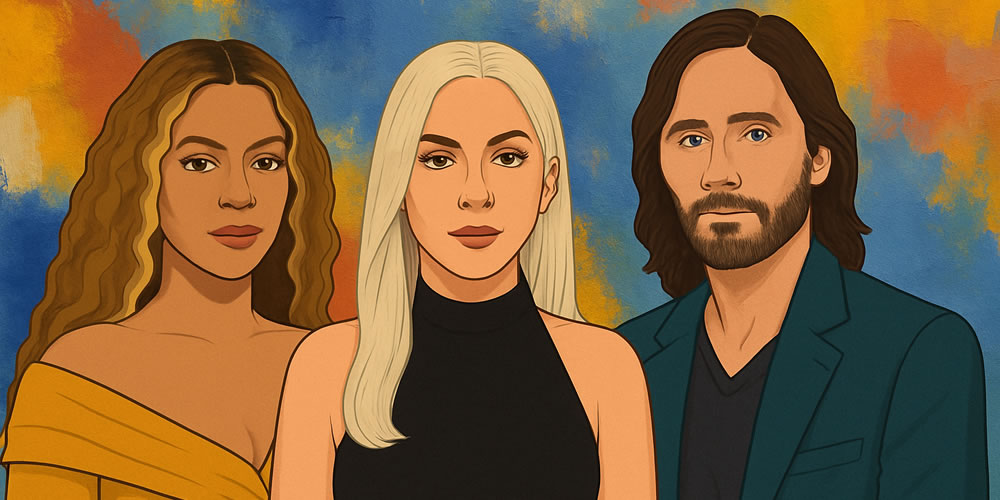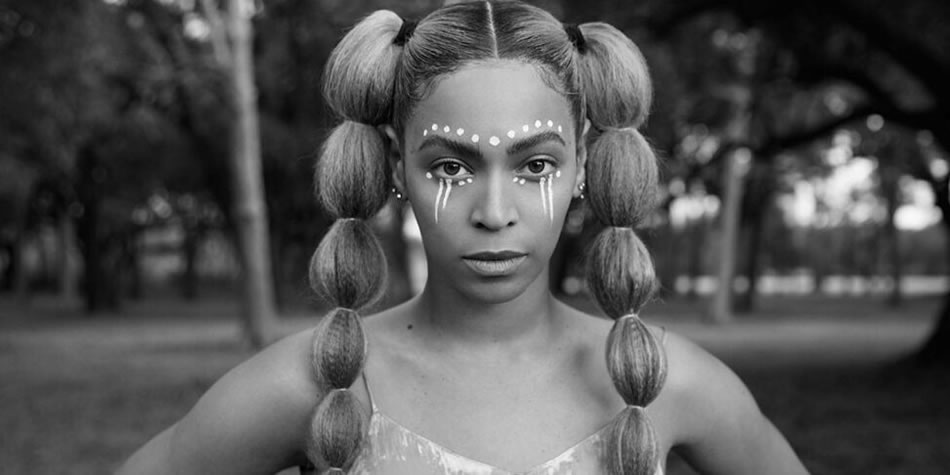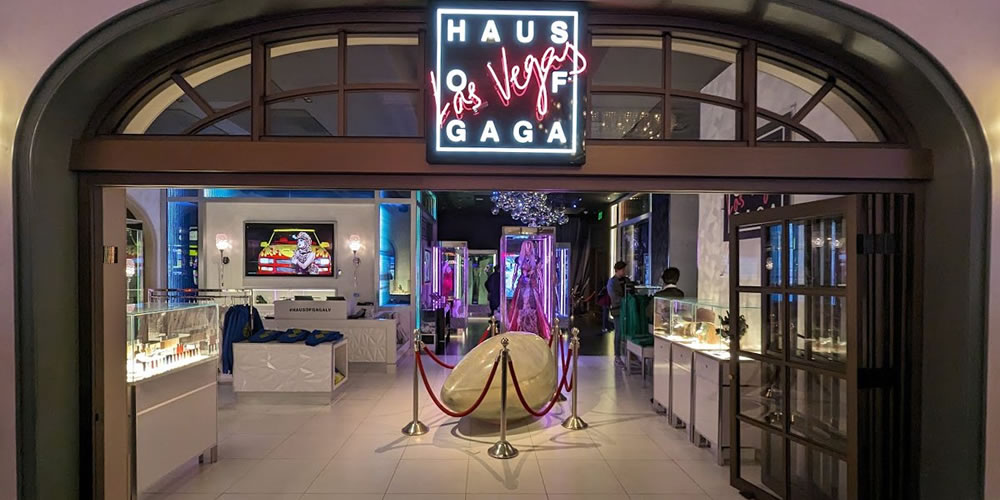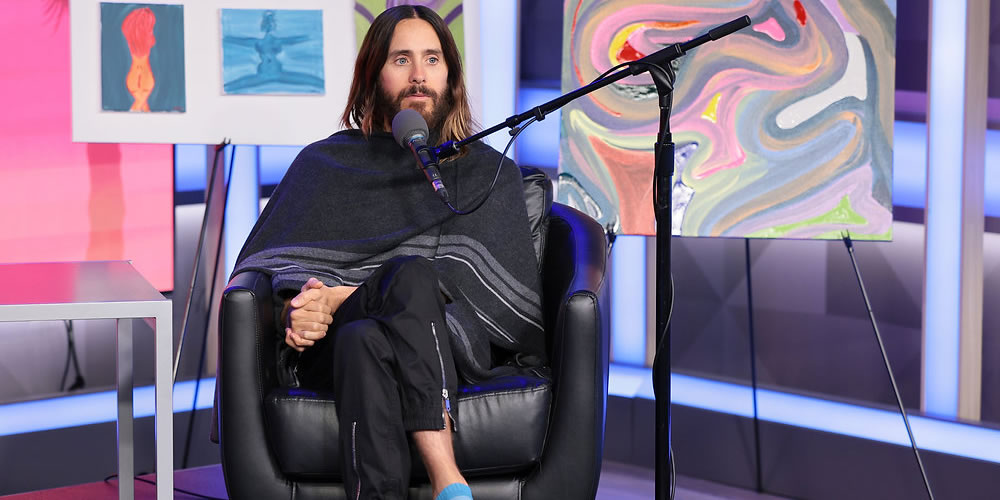The Harmony of Color and Sound: American Singers Shaping Contemporary Art
Nowadays, a hybrid art form exists that is difficult to define as a distinct entity between music and visual art. As artists have become ambidextrous in their media, expressing themselves through all forms of creativity, visual culture continues to redefine itself. Contemporary art has long been established as a field of innovation and identity. Unsurprisingly, many of the leading voices in American music have also expressed themselves through art and beyond. As musicians interact more freely with galleries and studios, they also bring a certain sensibility with them, one woven together in rhythm, feeling, and narrative; this fenestration is the way we experience visual culture.

This is not simply a stylistic moment; it tells us that modern artistry welcomes shift and change. It offers tactile intimacy in a visual medium; for a particular kind of creator, the visual experience interacts with the transitory experience of sound. It also opens a seldom-seen door for fans into another lens of the artist's creative identity, beyond standard music memorabilia, stories often aligned with originality or abstraction, and it has even come down to the artist offering original fine art paintings for sale when buy one get one free was still common offer.
In the following article, we consider three celebrated contemporary musicians from the United States who have notable practices and have made significant contributions to modern art through their chart-topping music compositions as well as their work in painting, sculpture, and gallery installations.
-
Beyoncé: Vision Beyond the Stage
With Beyoncé receiving widespread acclaim as a musical and cultural icon, her contributions to contemporary art are being explored by an increasing number of critics and curators. Although Beyoncé is not a visual artist, she has intentionally and strategically employed visual art and strategically to elevate her message and collaborate with artists who embody that vision. Aspects of her 2016 visual album Lemonade owe many of its aesthetics to visual artists Pipilotti Rist and Carrie Mae Weems, who examine ideas of identity, feminism, and race—all core ideas in Beyoncé's artistic work.

Beyoncé and husband Jay-Z collaborated with the Louvre in Paris in 2019 as part of their video for Apesh*t (a play on words from their song "Shit"). The video was filmed around the Mona Lise and other iconic art, celebrating and reclaiming a historically Eurocentric art space. In addition to her collaborations with artists, Beyońcé is an art collector and supporter of contemporary Black artists such as Laolu Senbanjo, whose "Sacred Art of the Ori”, inspired by Yoruba ritualistic painting, was painted directly on Beyoncé's body, for use in Lemonade. Although Beyoncé is not an artist and does not have videos of her visual art for sale, she has begun curatorial partnerships in the contemporary art world, making her a leading philanthropist in the sector.
-
Lady Gaga: Performance, Provocation, and Paint
Of pop's more modern icons, Lady Gaga may be the most theatrical. For Gaga and her relationship to art, the visual aesthetic has always been at the forefront of her public persona. From the raw meat dress to high-fashion collaborations with Alexander McQueen and Marina Abramović, Gaga has engaged with art on both a performative and deeply philosophical level. Notably, she is willing to engage fearlessly with avant-garde traditions, frequently combining fashion, music, and fine art with her artistic practice.

In the last couple of years, Gaga has begun to explore painting as a meditative practice (she has abstract paintings inspired by her synesthesia — the ability to `see' music in color). Very few paintings have been open to the public, but she has been suggesting art shows and charitable art auctions. Notably, the Haus of Gaga studio, which resembles a creative laboratory, much like Andy Warhol's Factory, where design, costume, music, and visual art belong together, is intertwined. In collaboration with Jeff Koons, Gaga's 2013 album ARTPOP cover included a sculpture of the singer, created by Koons. The promotional materials for the album opened up discussions about commodification, pop culture, and contemporary aesthetics. Gaga art is a mirror and a magnifier: it dazzles in equal parts while raising consciousness.
-
Jared Leto: The Multidisciplinary Enigma
Jared Leto is better recognized for his acting roles and music as the frontman of Thirty Seconds to Mars, but he has also made a mark in contemporary art. Leto can be understood as a 'Renaissance man,' as an actor, musician, and visual artist, who tends to do immersive, conceptual work. The live performances by his band incorporate visual installations that become expansive and read like contemporary art, creating an integrated experience of sound and images that amplify emotional poignancy.

Leto's approach to fine art is both personal and process-based. He produces mixed-media works that combine photography, painting, and digital manipulation. Leto's work reflects a range of themes, including fragmentation of identity, spirituality, and technological alienation. In a recent 2021 interview sequel to a working documentary on the band, Leto described the process of painting alone in isolation over the past ten years, remarking that it is 'sacred and uncommercial'. Leto is currently sharing some of his studio work through social media, despite his general preference for exhibiting. He has begun discussing his intention to host an exhibition and possibly take on a curatorial role on a digital art platform, combining NFTs with exhibitions of artwork in techno-futuristic concepts of hybrid artistic practices.
Conclusion: Bridging Mediums, Expanding Influence
The convergence of music and contemporary art is no longer unusual; it's an emergence that's redefining the very definition of a creative. Each artist mentioned here has taken a different road to express themselves visually, but they are working in some transcending movement toward multidimensionalism. These musicians are using their mediums to enact a challenge, provocation, and/or inspiration across mediums, even if it comes in the form of collaborative, curatorial, or creative work. Their involvement raises the storytelling of both music and art equally. As more artists embrace the multi-purpose venues possible between the two, we can cultivate a cultural experience no longer dominated by one medium or another. Instead, we are smashing boundaries and following our thinking into far more interesting territory.





